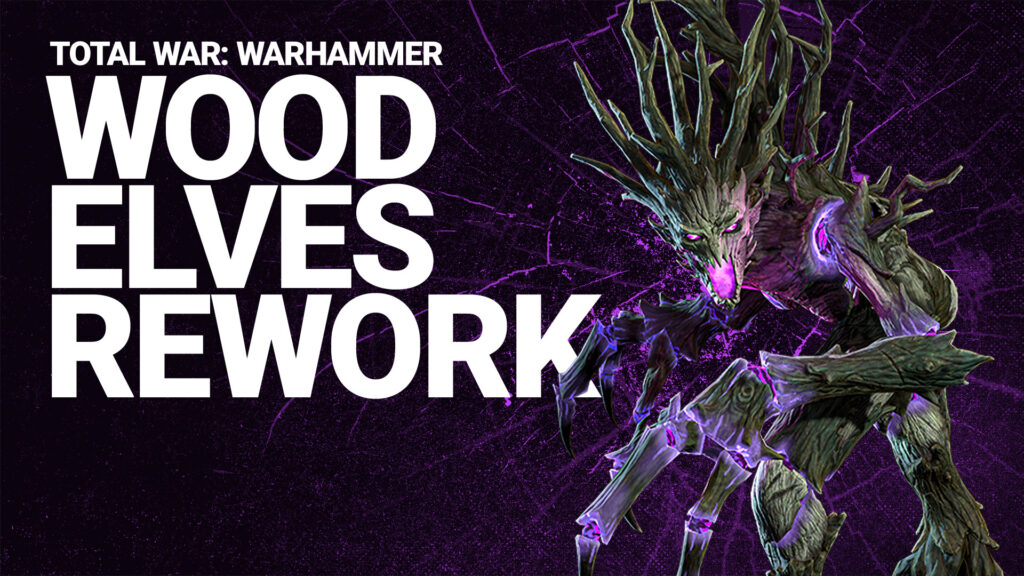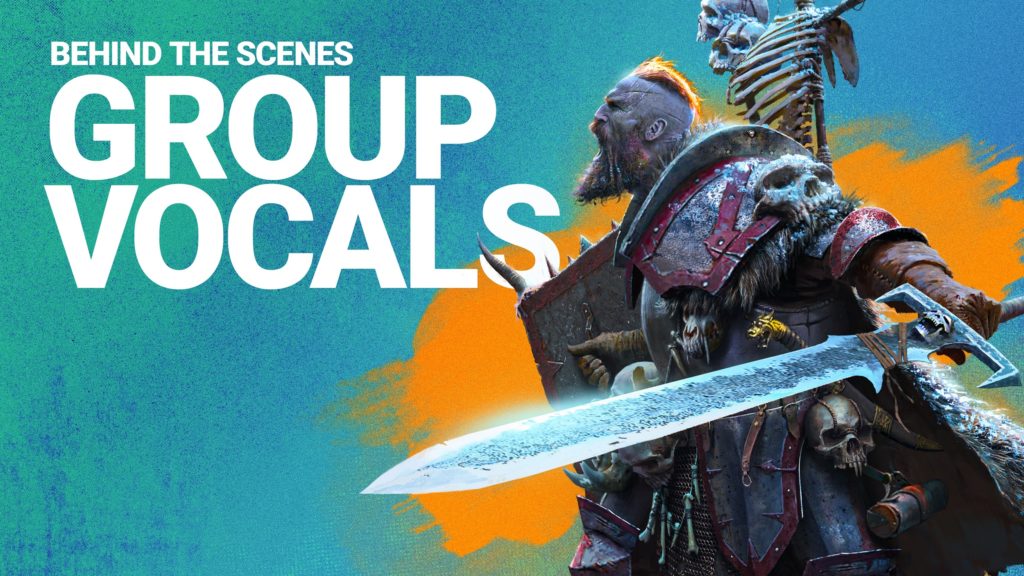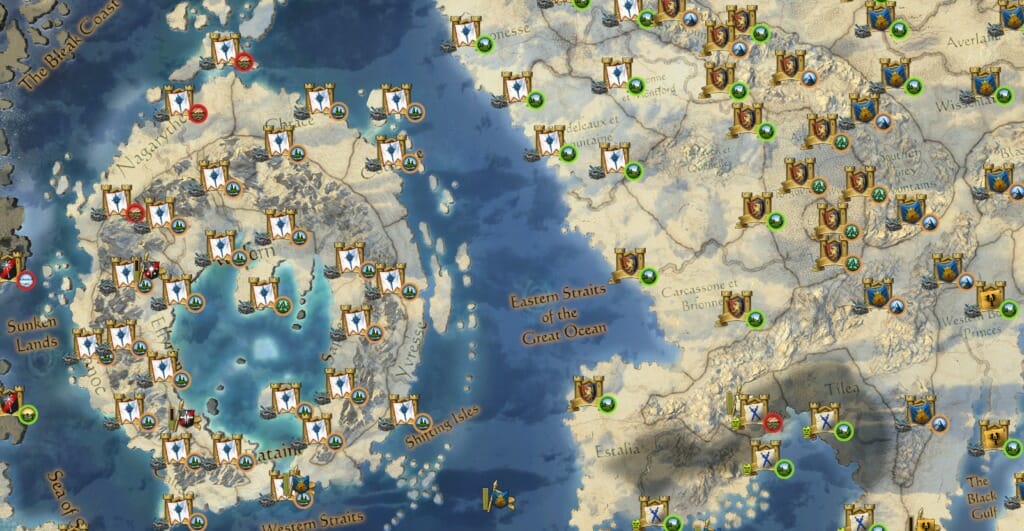Twisting, Chewing, Stabbing & Mangling: Bringing the Undead to Life with Audio in Total War: WARHAMMER II
A creaky door, a ghoulish groan, the unfathomable eldritch scream of a creature not meant for this world – what you hear plays an incredibly important part in how you experience games, and the Total War series is no exception.
In this spirit of this, the spookiest season, we chatted with Total War sound designer Valentin Goellner and senior dialogue engineer Will Tidman about their careers, how they gave voices to some of the more monstrous inhabitants of the Warhammer Fantasy Battles world (particularly those from the Vampire Coast), and terrible acts of serial violence committed against innocent groceries.
First, we’ll introduce you to our gruesome twosome, then it’s time to get stuck into their respective areas of expertise – hold on to your skeleton!
Getting to know boo
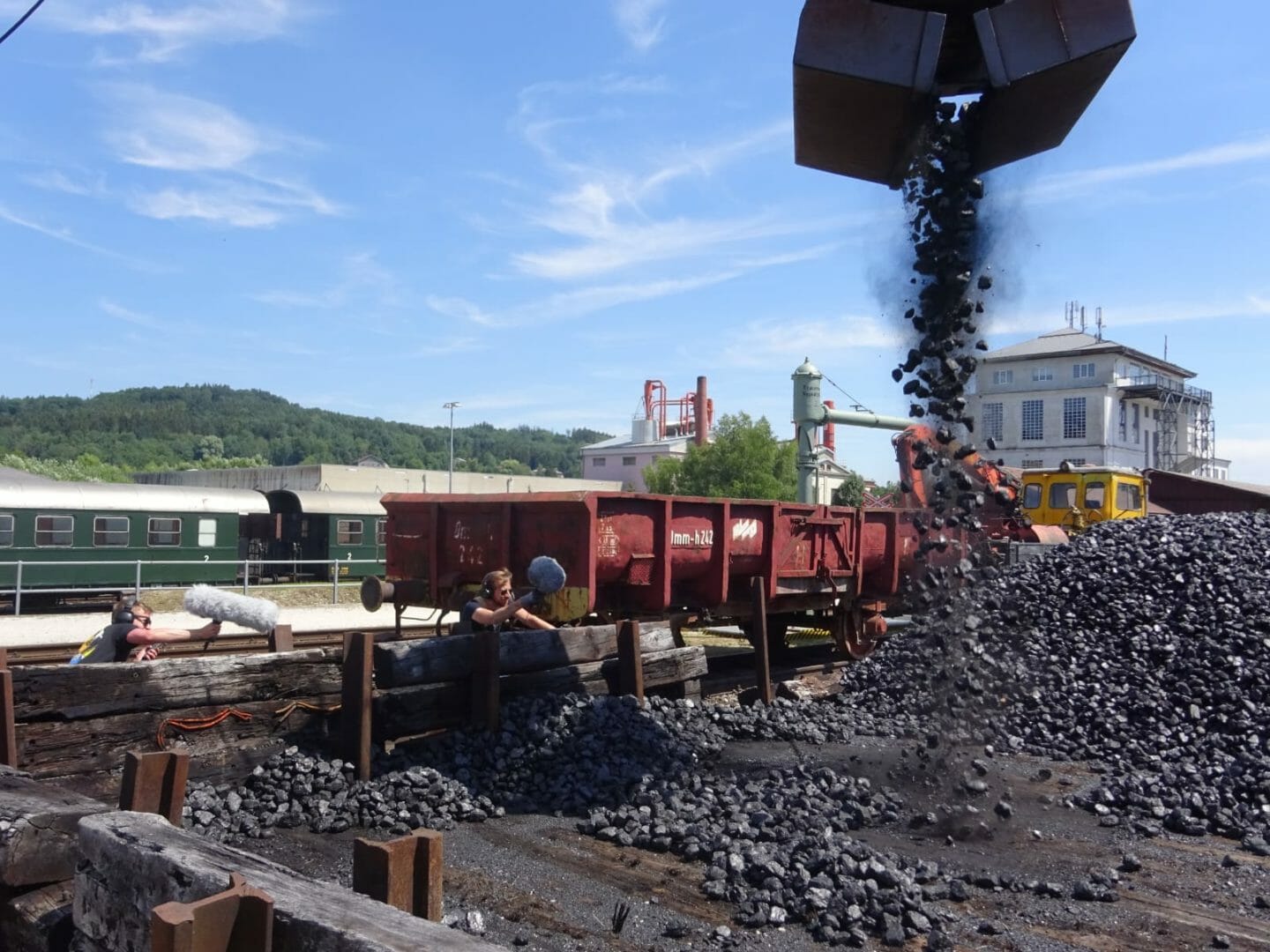
CA: First of all, could you please introduce yourselves?
Valentin Goellner: My name is Valentin Goellner and I’m one of the sound designers working on Total War.
Will Tidman: I am Will Tidman, a senior dialogue engineer working on Total War titles at Creative Assembly
CA: How did you first get into gaming?
Valentin Goellner: Age of Empires II. I still play it every now and then.
Will Tidman: I was always a SEGA fan. The first console I had was a Master System 2 with built-in Alex Kidd in Miracle World, which I loved. My other favourite games for that were Double Dragon, California Games, and Castle of Illusion. The music from Castle of Illusion still goes round in my head it was so catchy!

CA: And how did you first get into audio?
Valentin Goellner: I started producing electronic music when I was around 14 and kept at it ever since, but was only introduced to cinematic sound design and audio for games while studying media technology in Austria (where I’m from).
Will Tidman: After completing a degree in an audio field, I started making tea at a post-production studio in London and worked my way up to getting a studio and being an actual engineer. The place I worked specialised in voiceovers, especially for kids’ animation, so I did a lot of voice recording work – which led to this dialogue role.
CA: How did you get into the video games industry? Where did you careers start?
Valentin Goellner: After university I did an internship at BOOM, a sound effects library, where I learned a lot about recording and sound editing. I continued working for BOOM and Dynamedion as a freelance sound designer and composer in my hometown Vienna, building my resume and skillset to a point that allowed me to join Creative Assembly in 2017.
Will Tidman: After working in studios as an in-house engineer and then freelance for a few years, I wanted a new challenge. I’d always kept an eye on the Creative Assembly website and I saw this job come up, applied, and got it! I was excited about working in the video games industry as it has such great potential to be creative and technical and I get to be both of those things – especially when creating and implementing Total War: WARHAMMER characters!
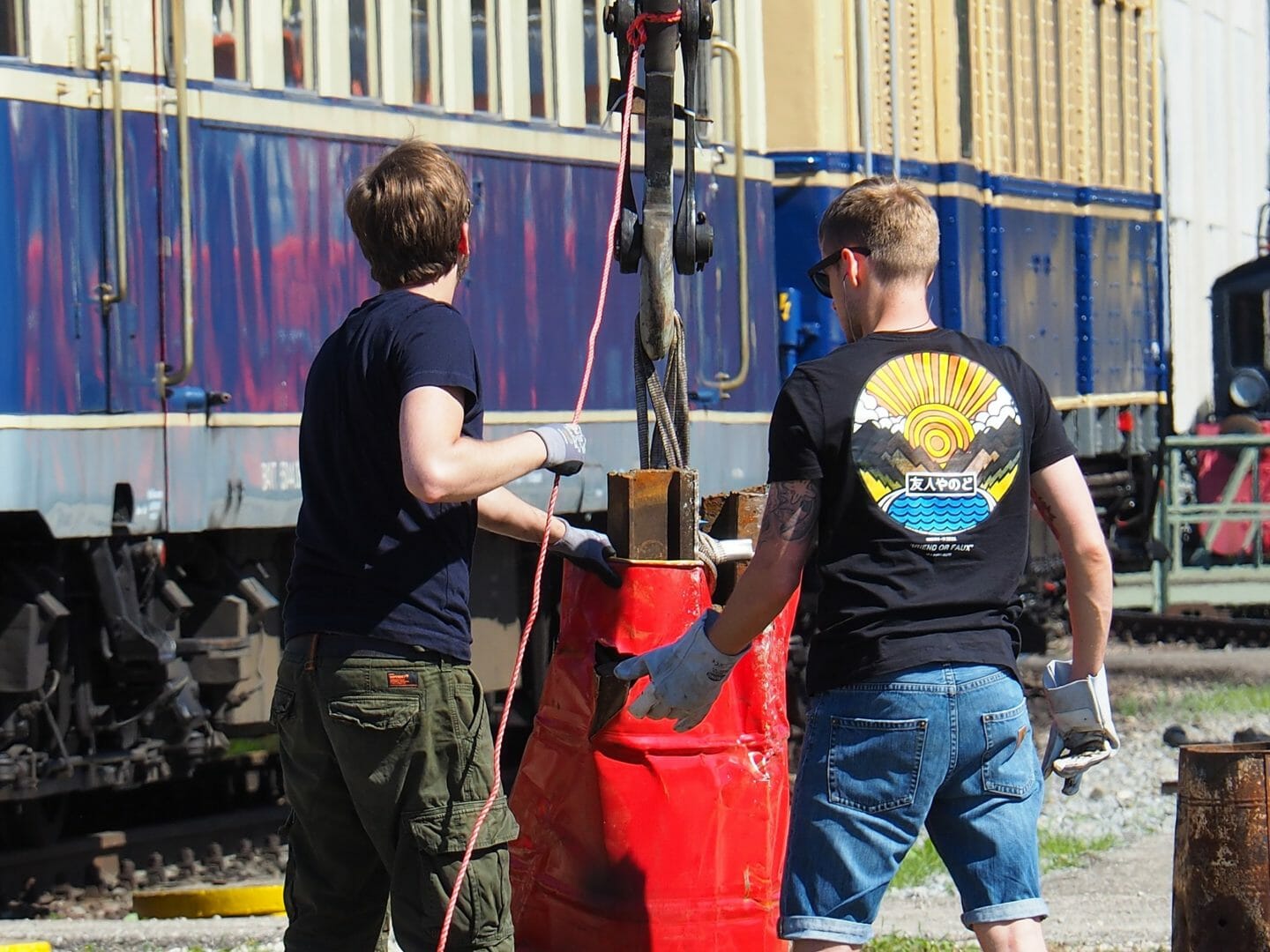
CA: What does a typical workday look like for you?
Valentin Goellner: Hard question to answer, but currently it ranges from editing monster screams all day to recording our team members splashing around in the local public pool all night.
Will Tidman: In the dialogue department, we do a lot of different things! A typical day changes massively dependent on the stage of development we are in. I could be doing script proofing, casting sessions, or technical systems design early in development. Recording sessions, editing, or processing voices somewhere in the middle of development. Or implementation, balancing, and polishing in the months before release.
CA: How is working on a Total War game different than other games? What unique challenges does it present?
Valentin Goellner: The big shifts in perspective are definitely a huge challenge. As the player is able to move freely and not locked in a certain frame or height, we have to make all the creatures, war machines, and spells sound impressive both from a distance as well up close while maintaining a balanced mix of all those elements in all the different potential listening situations. One thing that made the latter a lot cleaner is the focus tech introduced by our principal sound designer Jon Newman, senior sound designer David Osternacher, and audio coder John Burchell. The system uses a number of parameters to determine the focus of the player once they reach a certain distance from a unit as well as limitations to duck the audio around the entity in focus, carving out room to make it stand out better in the mix.
Will Tidman: Total War is the only game I have worked on, but it does have unique challenges, though! Compared to the audio post-production that I worked on before joining Creative Assembly, one major difference is its scope and size. In an episode of an animation, you might have five to ten characters and 100 to 150 lines of dialogue. In comparison, on release Total War: WARHAMMER II had around 16,000 lines of dialogue and over 100 characters. There are many more now when you include DLC, and if you include Total War: WARHAMMER I and DLC content it is an eye-watering amount of content that is produced and managed.
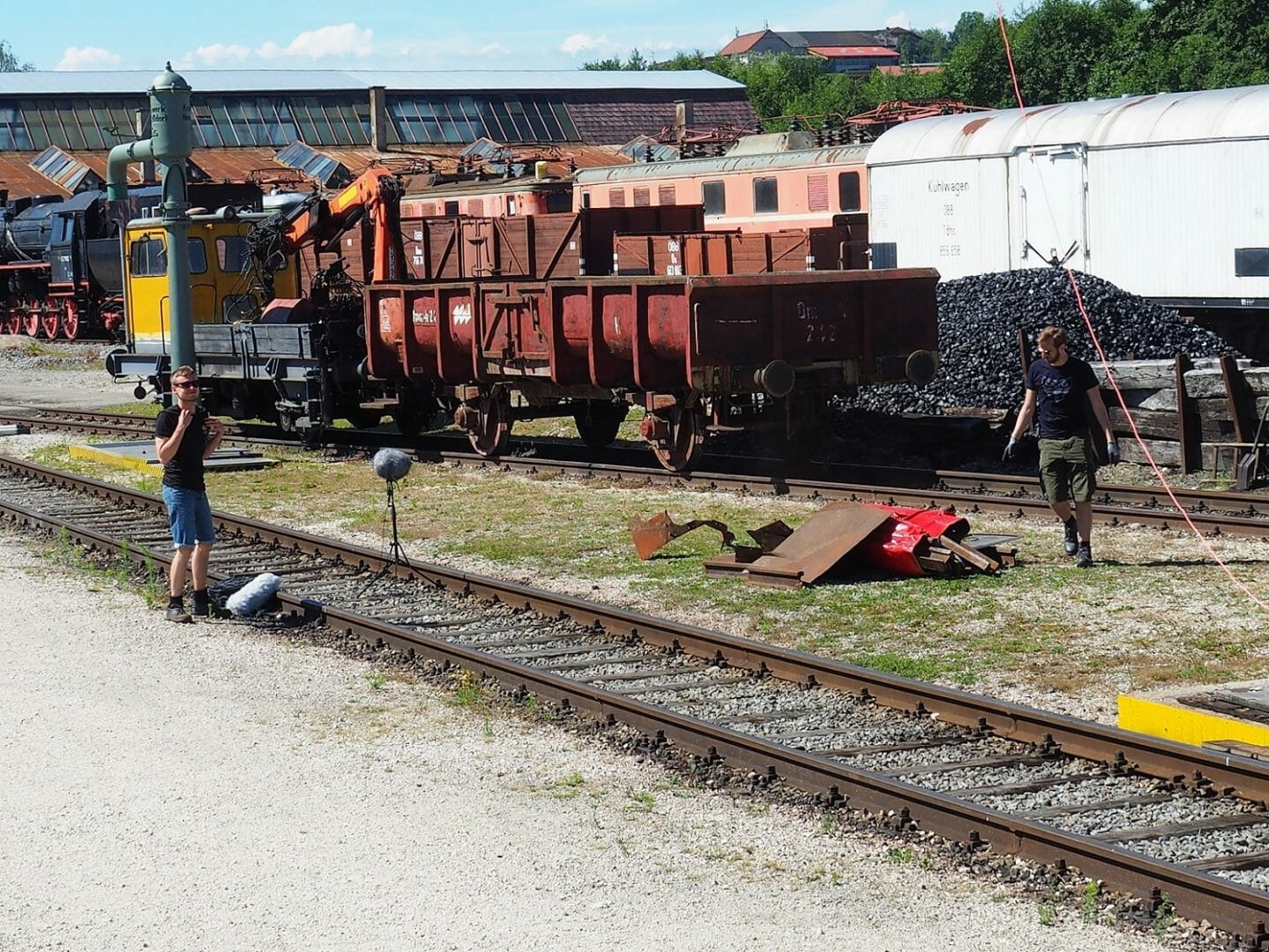
CA: What do you think the most important part of doing game audio well is?
Valentin Goellner: Probably a primary focus on immersion – making a seamless experience for the listener that makes the game come to life while working with the other departments that are part of it. You can create the best sounds in the world, but they won’t serve their purpose if they are not placed in the game in a believable way.
Will Tidman: I don’t think one part can be called the most important! I think the whole process from design to implementation all must work together to create a great final product. A badly made asset which is implemented well is just as bad as a great asset implemented badly.
CA: What do you think is an example of excellent video game audio?
Valentin Goellner: Speaking of immersion, the sound in Red Dead Redemption 2 is very impressive. Mortal Kombat 11 has fantastic audio in its niche as well. Total War games have come a long way, too, and improved a lot in terms of the mix. Peter Tolnay and Tom McCaren have put a lot of work into the audio for the THREE KINGDOMS campaign map. The sound of the environments, sonic change of seasons, and level of detail are something I have not seen or heard in a strategy game before.
Will Tidman: I really like the dialogue system in Spider-Man. The delivery of a line changes depending on whether you are still or swinging through the air. Not only is this a great idea and really adds to the immersion, but from a developer’s point of view I can really appreciate the time and effort it would have taken to get that done and implemented.
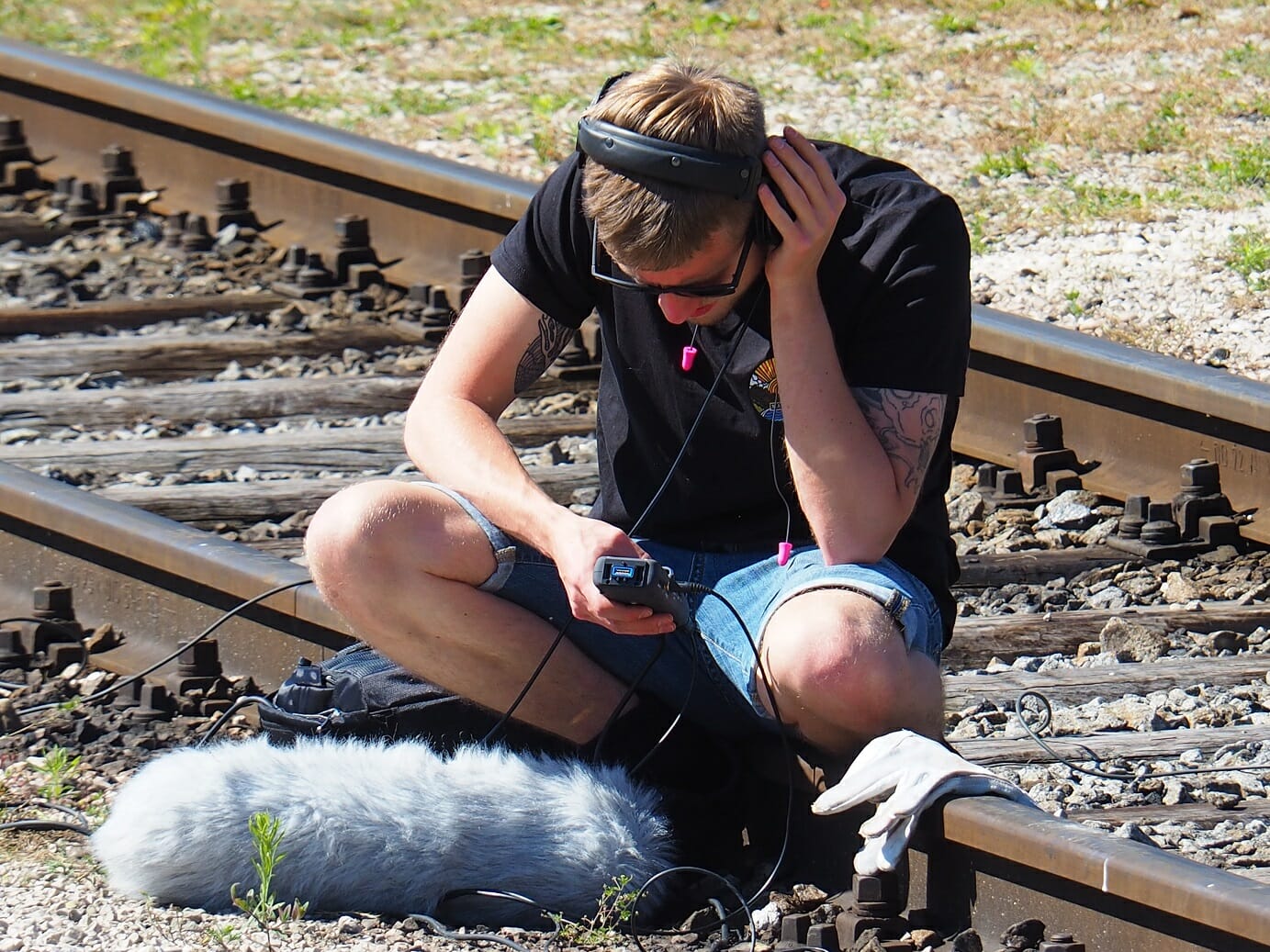
CA: What’s the most unusual audio project you’ve ever worked on?
Valentin Goellner: Recording birds of prey for BOOM in Germany! I used to love hawks and eagles when I was a kid but after spending a day with them up close and driving them mad with fur-covered microphones I wasn’t so sure anymore.
Will Tidman: I once worked on some sound design that was used on a video to try and change the taste of food depending on the type of sounds played while people ate.
CA: What is your favourite Total War game?
Valentin Goellner: I spent hours on SHOGUN 2 when it came out, but I am looking forward to starting a Wulfhart campaign on WARHAMMER II soon as the game sounds so much better with all the changes that were added recently.
Will Tidman: Total War: WARHAMMER II is my favourite. I love the variation of characters, maps, and sounds that WARHAMMER allows us to create!
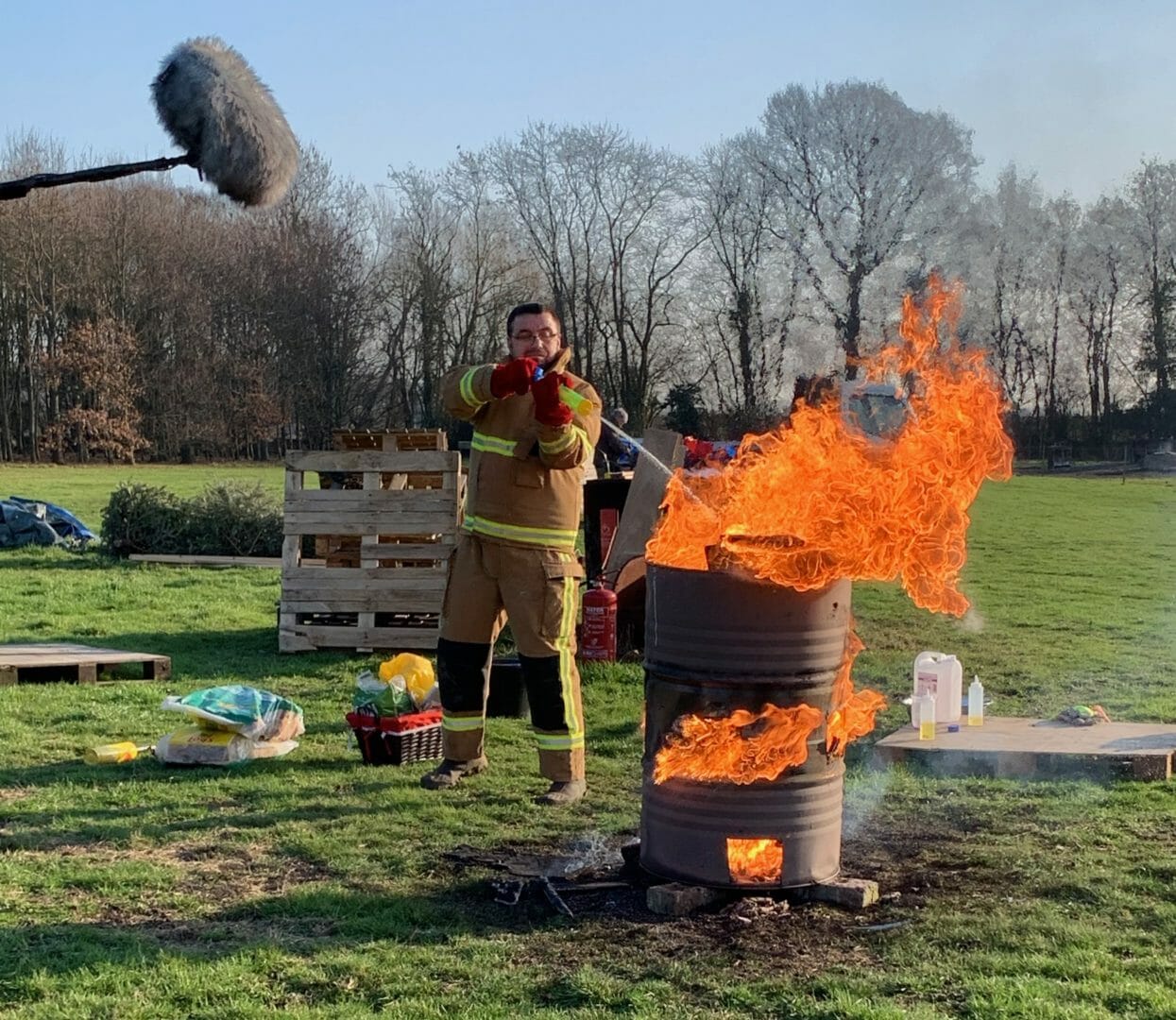
CA: Aside from Total War, what video games do you like to play?
Valentin Goellner: A lot of Apex Legends recently – another great sounding game! I’m also replaying The Witcher 3 with my girlfriend as she never played it and I loved it so much when it came out.
Will Tidman: I like to play big open world games – I love finding the little details that are put into these enormous games. However, I just got my Mega Drive Mini, so I will be going retro for a while!
CA: What advice would you give those wanting to get into video game audio?
Valentin Goellner: To be creative and work on as many different projects as possible. Connect with your peers, work on games or movies together, and build a portfolio as you go while improving your skillset. If you have a budget, it might be tempting to rely on good sound libraries when you start out, and there is nothing wrong with that. But recording, editing, and processing your own sound effects will give you a much better understanding of what makes a sound good or not while also having lots of fun.
Will Tidman: Understanding how audio is produced for games as opposed to other media is a good start. Working in a non-linear environment is very different, from the tools to the implementation, and understanding how to use your existing skills to create great assets and learning how to implement them is a good start!

CA: Thank you for your time! Any parting words?
Valentin Goellner: Thanks for having me! Hopefully I was able to give you a good insight into the sound of Total War. Be sure to have a close listen next time you launch one of our games!
Will Tidman: Two ghosts walk into a bar. The bartender says: “Sorry, but we don’t serve spirits.”
Spooky sound design with Valentin Goellner
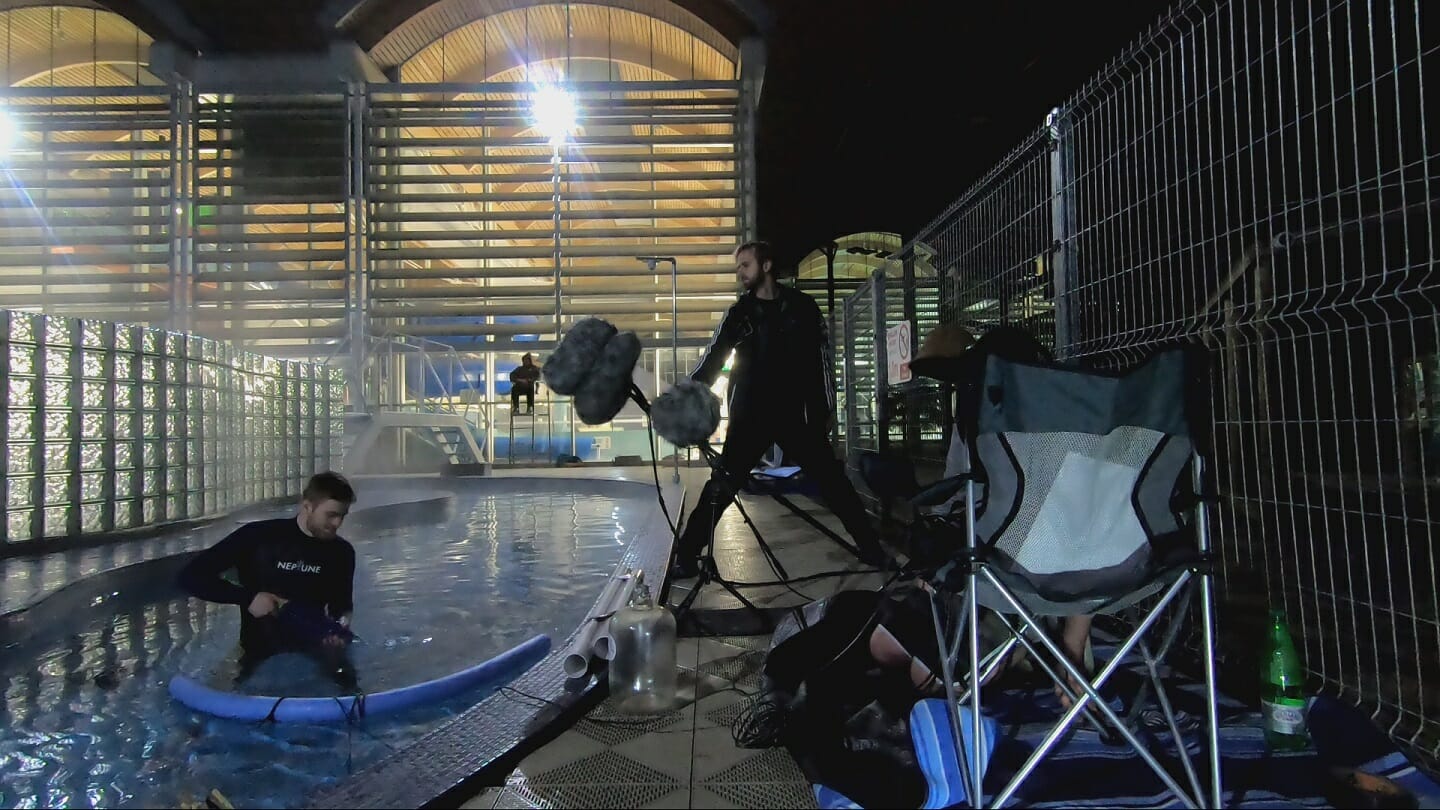
CA: All the monster noises for Total War: WARHAMMER I were originally human voices – can you tell us a bit about how these were made?
Valentin Goellner: Yes, most of the creature vocalisations in the first game used mainly humanoid and animal source recordings. The human voice, if performed well and recorded under the right circumstances, can create an incredible amount of material to pitch, chop, and mangle when it comes to creature sound design. Limiting yourself to a specific set of source recordings can also be very inspirational when working on these tasks. As Total War games require a lot of variations for each roar, scream, and death sound of a creature, recording your own voice can be helpful in getting enough variety into your assets – something that can become difficult when primarily using sounds from a library.
CA: Tell us about some of the monsters (e.g. Mournguls) and the sound effects you’ve created for them (especially how you did so).
Valentin Goellner: While working on WARHAMMER II and Vampire Coast especially, we decided to take a more abstract approach in our creature vocalisations, focusing on material and prop recordings rather than animals or human voices. Good examples would be the Kharibdyss that Jon Newman designed as well as the Rotting Leviathan, which was done by myself. For both of those creatures, we used rubber creak recordings Peter Tolnay, Jon Newman, and David Osternacher took previously. The tricky part about using prop-source recordings is making them sound organic and emotional enough to pass as believable monster screams, instead of just sounding out of place. Different types of processing and modulation can be a huge help in achieving that. For the Leviathan, I used distortion, amplitude, and pitch modulation as well as a baked-in reverb for size.
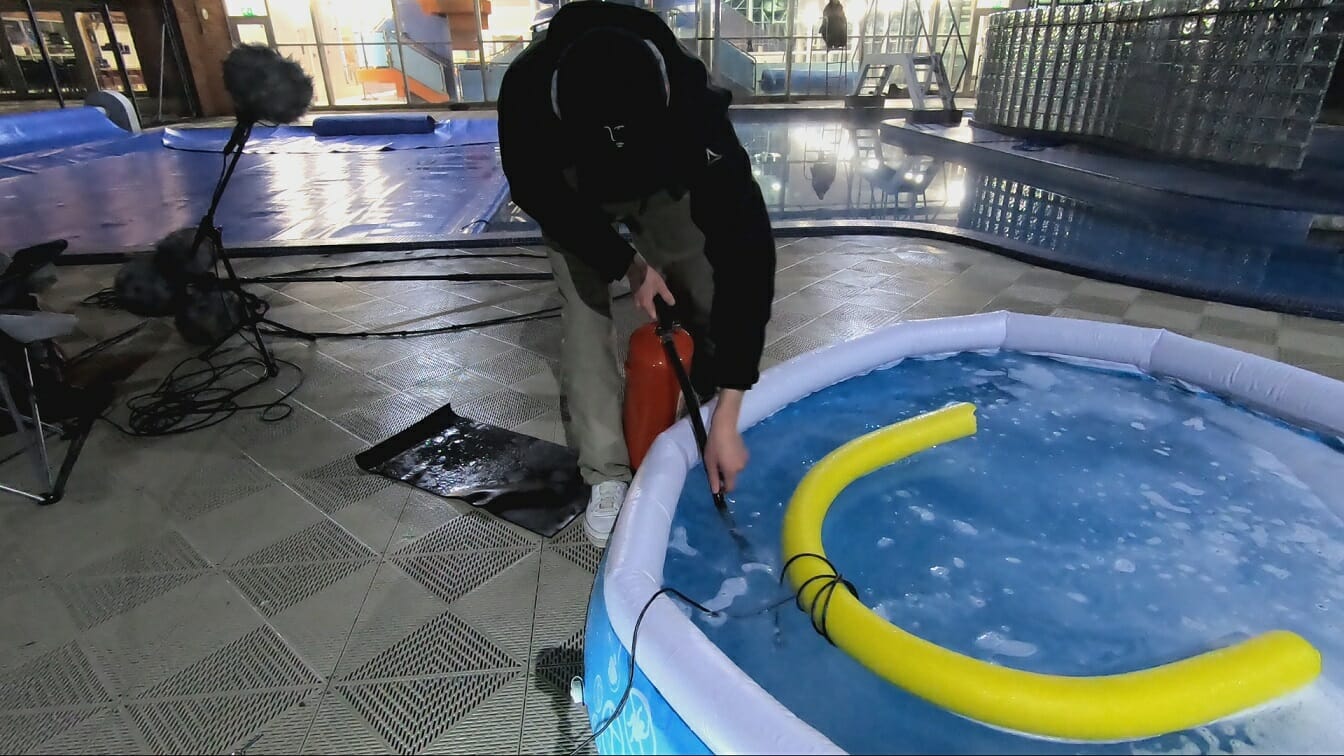
CA: I hear you’ve been adding to a collection of gory sound effects suitable for use for things like Blood Packs – could you tell us how you made these?
Valentin Goellner: Our sound designers Jon Newman, David Osternacher, and Christopher Quinn bought a huge array of props to use to make gore sound effects – including different types of fruit, veg, and canned goods – and recorded themselves making a huge mess in one of our live recording studios. The performance plays a key role in these types of sounds, so they made sure to go above and beyond twisting, chewing, stabbing, and mangling the wide array of groceries. The recordings are being edited at the moment and will hopefully soon add some gory sonic character to our Blood Packs.
CA: What are your favourite sound effects you’ve created? The creepier the better!
Valentin Goellner: Hard question to answer, but I really like the way the abilities and spells turned out in The Prophet & the Warlock. Both Lizardmen as well as the Skaven have some sonically impressive spells in this DLC (Engine of the Gods, Invocation of Sotek, Doom Rocket) and hearing them blast over the battle map is very satisfying. I also loved working on the UI sound design on THREE KINGDOMS, which a lot of players seemed to enjoy. This felt like a big accomplishment as well.

CA: Any other interesting sound design facts (i.e. unusual ways certain sounds were created, any cool numbers or stats, etc.)?
Valentin Goellner: While working on Vampire Coast, I was given the task of designing the vocalisations for the Merwyrm sea monster that floats around the map in one of the final quest battles. While the main roars came together nicely using walrus recordings as well as some abstract layers, I struggled a bit creating the sounds for his passbys around the edges and the top of the map. Thankfully, my lead Peter Tolnay recorded a set of creaks on a big plastic bowl in his bathtub using a contact mic. These gave the monster the perfect whale-like character and added some extra grit to its groans.
Deathly dialogue with Will Tidman
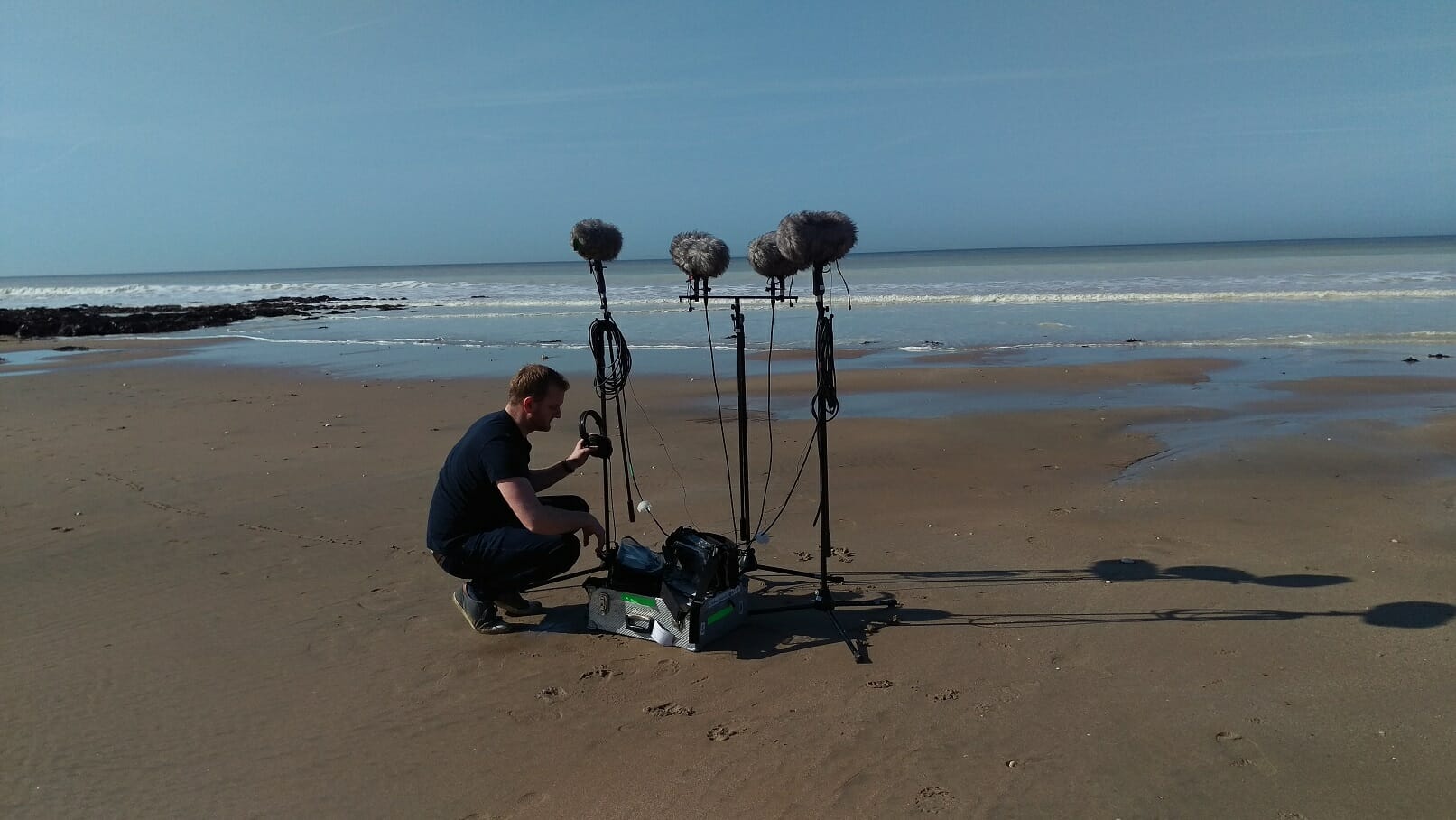
CA: How do you go about making sure people sound sufficiently undead?
Will Tidman: Making people undead can be done in a few ways. You have effects that can be applied to almost any style of voice or get a certain type of performance to make a character sound undead – although getting both of these to work together is the best way! An example of the effects technique would be the Vampire Counts’ Wight King. We use an effect called reverse reverb, which is a technique where you reverse the line, add reverb to it, and then reverse it back. This gives an effect where you almost hear the words – backwards and with reverb – before the word is said, and gives an ethereal, strange sound that you might expect from something undead.
Sometimes it is all about performance. One of the Tomb Kings’ Liche Priest voices is a great example. The actor managed to make the most disgusting, evil sound with his voice while constricting it so much that he sounded thousands of years old and it hardly needed any effects. A lot of voice actors can make these sounds, but to get someone who can do it consistently for hours of recording is hard to find! He only had some (normal) reverb added to his voice to make him sound otherworldly. All the reverb we used on Tomb Kings voices was an impulse response reverb of the King’s Chamber in the Great Pyramid of Giza!
CA: How do you make some of the more unusual-sounding voices (such as Lizardmen like Mazdamundi and Nakai, Balthasar Gelt in his mask, the Tomb Kings, Orcs, Durthu, etc.)?
Will Tidman: These types of characters are really fun – but difficult – to create. It’s all about the balance of performance and processing. There are two main ways of creating these unusual types of voices: the layering of effects over the voices and straight processing using plugins to manipulate the source material of the actor’s performance. However, most of the time we use both of these techniques to create the final product. For instance, Mazdamundi had pitching effects but also had croaks and other sounds layered in with the voice to create it. As important as the processing is, it has to work alongside the performance. You cannot save a bad performance with great processing!
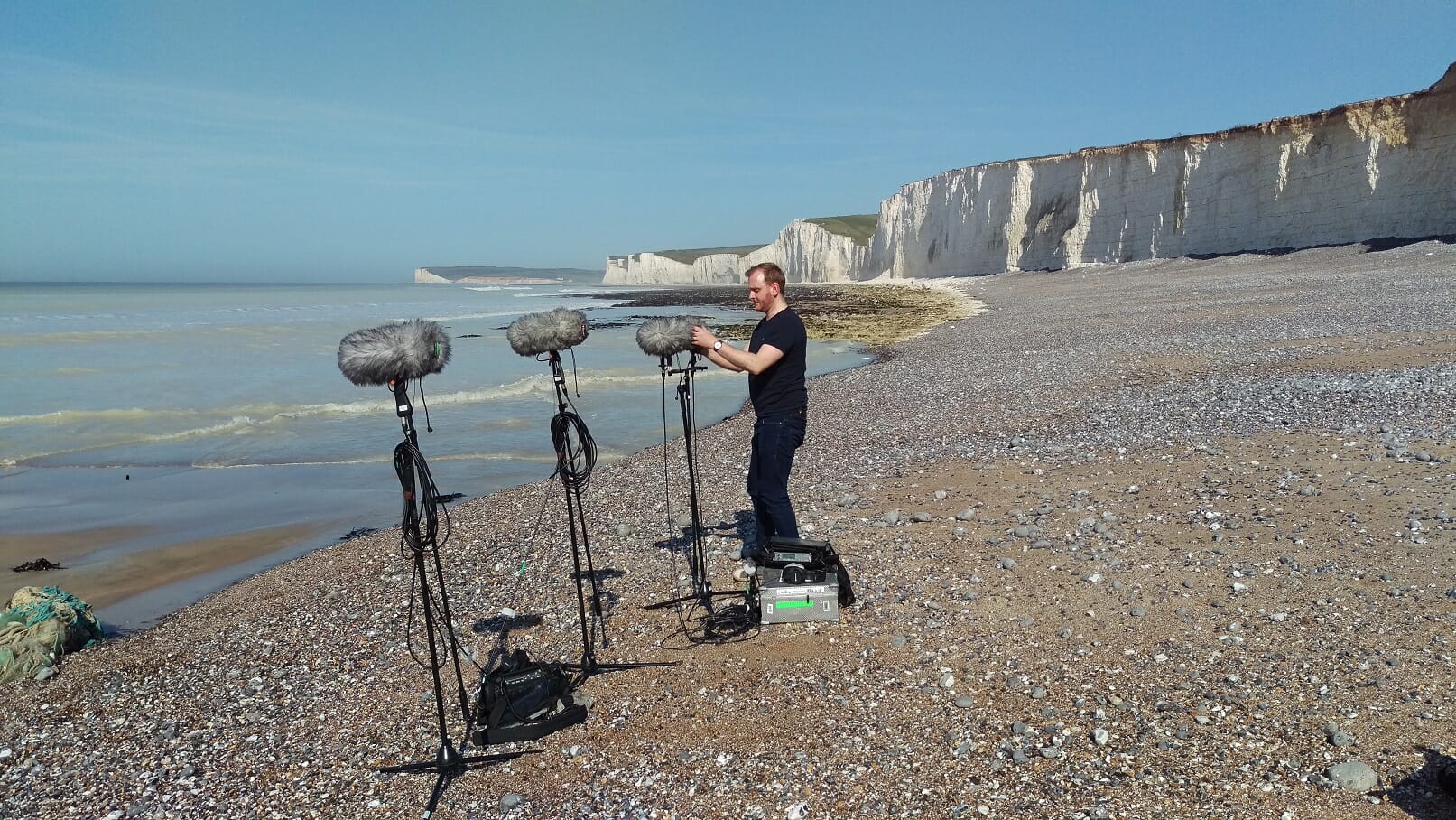
CA: Can you tell us about the voices of some of the Vampire Coast characters such as Noctilus and Cylostra?
Will Tidman: Vampire Coast was great fun for voices, and performance was more important than processing! It was a different approach to most new races as they aren’t all the same type of people from the same place, so we had to create something individual for each character.
Count Noctilus was originally a Von Carstein, so we based his voice on a similar style and accent as the Von Carstein family. The performance from the actor was great – he got the accent depth, size, and vindictiveness of the character perfectly, and we just pitched it down a little.
Cylostra was interesting as she was a new character. Finding the actress was a challenge as we had to find someone who could sound larger than life, be a complete diva, but also knock out those big operatic notes! We recorded her spellcasting and screams in different notes and linked this with the music system so that a different note is played depending on which key the music is being played in at the time. To make her sound undead she got a lot of reverb and delay on her voice. A fun fact is that everyone else in the game pronounces her surname as “dire-fin” in a very plain, English way, but she always says it in a more elegant, French style “dear-fan”Some of you may remember a British TV show from the 90s called Keeping Up Appearances where the main character was called Hyacinth Bucket but she always pronounces her surname in a more elegant, French-sounding way: “bouquet”.
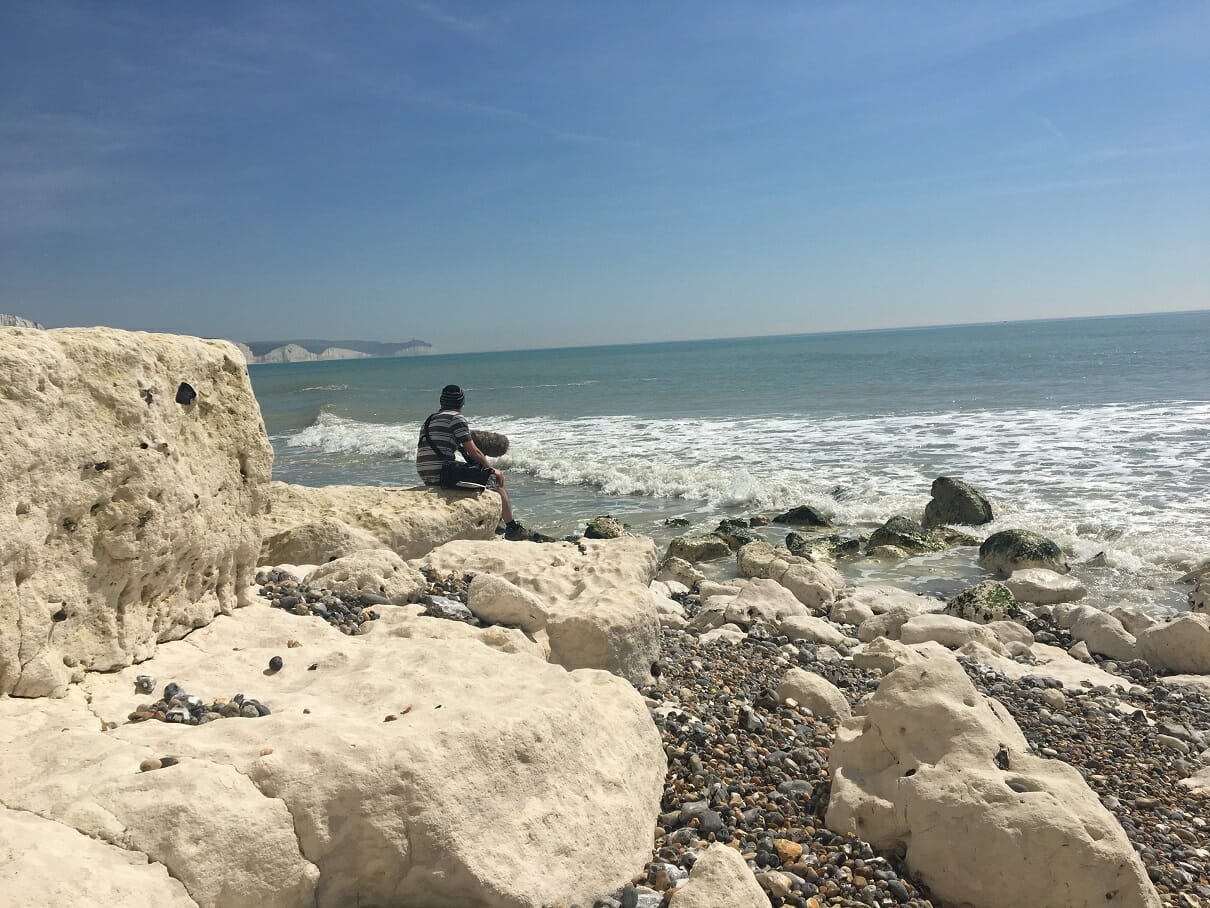
CA: What are your favourite creepy (in-game!) voices and why?
Will Tidman: My favourite creepy voice is Kroak. Creating the voice of something thousands of years old was a challenge. We used the Saurian language for the scripts and recorded it slowly and croakily and then piled on the effects to make it sound slow and old. I think its understated power really represents the character perfectly.
CA: What do you think is some of the creepiest dialogue you’ve worked with?
Will Tidman: The creepiest characters for me are the Tomb Kings. The whole race is undead, yet they sound so powerful.
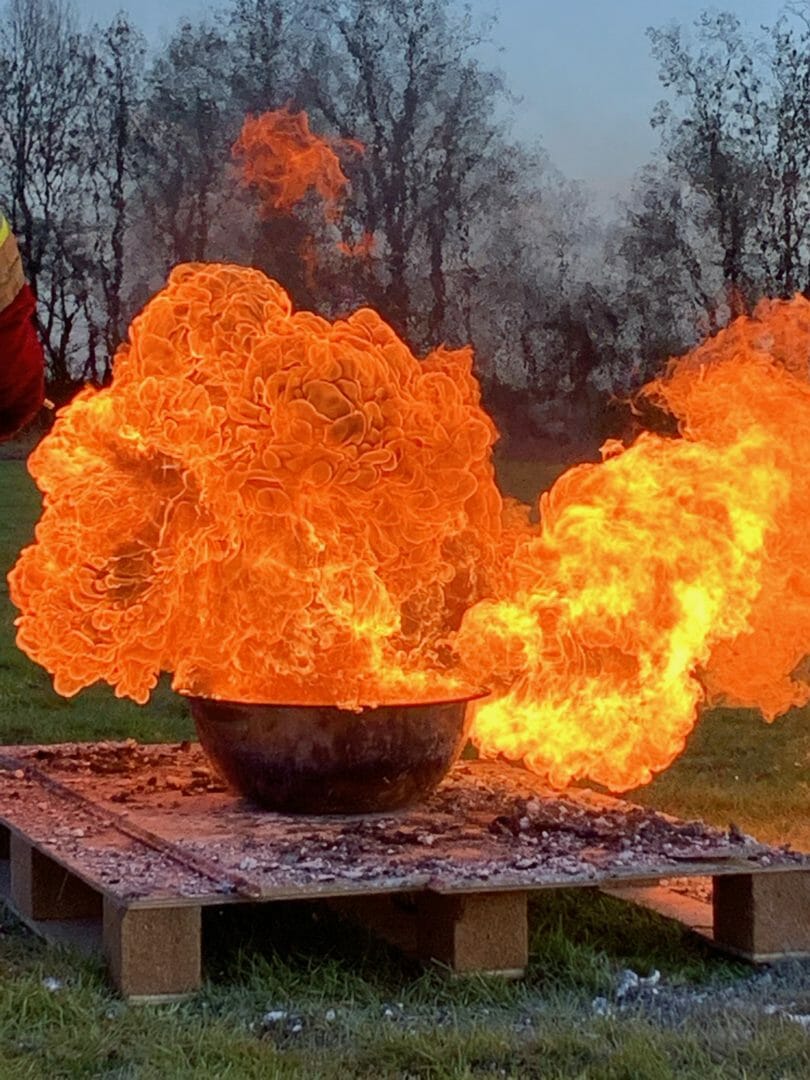
Thanks again to Valentin and Will for their time, and keep an eye out for more creepy Halloween content!
